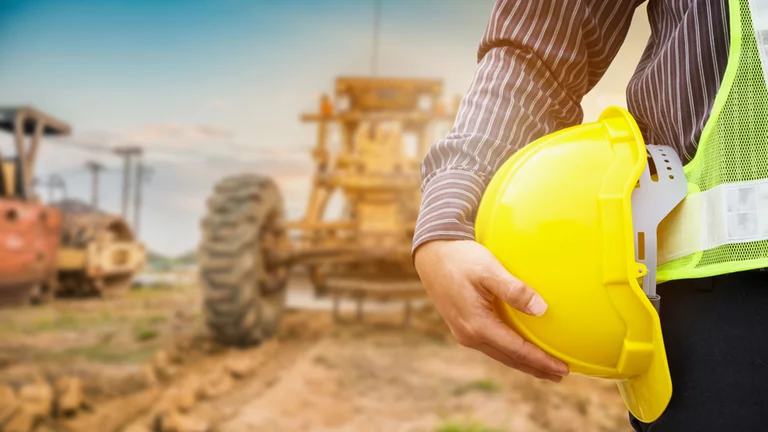In the realm of modern industries, from grinding machines to advanced automated systems with mezzanine floor, and roof supports, workplace safety remains paramount. As technology advances, so does the innovation in machinery safety features. Companies today prioritize the welfare of their workers by equipping machines with cutting-edge safeguards. This article delves into modern machinery features designed to minimize on-site accidents.
Innovative Braking Systems
Arguably, the heart of any machinery lies in its braking system. Traditional brakes, although functional, often presented risks due to wear and tear. Modern machines, however, have adopted dynamic braking systems. These systems automatically adjust based on the machine’s load and speed. By doing so, they prevent abrupt stops that can lead to accidents. Moreover, advanced sensors now detect potential obstructions and halt operations instantly, further ensuring operator safety.
Enhanced Visibility
Limited visibility often results in on-site accidents. Acknowledging this, manufacturers have focused on enhancing the operator’s line of sight. Wide-angle cameras now adorn many machines, providing operators with a 360-degree view of their surroundings. LED lighting systems, moreover, illuminate workspaces effectively, ensuring tasks can be carried out safely, even under low-light conditions.
Smart Sensors & Automatic Shutdown
In today’s tech-driven world, sensors and dust suppression systems have become game-changers. These tiny devices, strategically placed, monitor machinery functions in real-time. If they detect a malfunction, they automatically shut down the machine. This immediate response averts potential mishaps and alerts operators to any issues. Additionally, these sensors can identify overheating and prevent fires, further amplifying their safety contribution.
Anti-Rollover Features
Top-heavy machinery, especially in construction sites, risk tipping over. Modern machinery combats this risk with anti-rollover systems. By constantly assessing the machine’s center of gravity, these systems adjust operations accordingly. If a potential tip-over is detected, alarms sound, and operations cease, ensuring worker safety remains uncompromised.
Operator Training Modules
Accidents often arise from operator errors. Recognizing this, manufacturers now embed virtual training modules in machinery. Before handling the machine, operators undergo simulated experiences, acquainting them with potential risks and appropriate responses. By doing so, they become well-prepared for real-world scenarios.
User-Friendly Control Interfaces
Complex machinery controls can be daunting, even for experienced operators. Modern machines address this by adopting intuitive control interfaces. These user-friendly panels simplify operations, reducing the likelihood of operator-induced errors. Clear labels, touch-sensitive screens, and responsive buttons aid operators in making accurate and safe decisions.
Enhanced Ergonomics
Operator fatigue often leads to mishaps. Contemporary machinery design pays meticulous attention to ergonomics. Comfortable seats, adjustable control panels, and spacious cabins ensure operators remain alert and focused throughout their shifts. Just as fashion evolves with trends like those seen in vestidos de moda, machinery designs are constantly innovating for user comfort. In the long run, these ergonomic adjustments have shown significant reductions in on-site accidents.
Conclusion
Safety, undeniably, stands as the cornerstone of modern industrial progress. The relentless pursuit of innovative safety features in machinery testifies to this commitment. From advanced braking systems to user-friendly interfaces, these features not only reduce on-site accidents but also foster a culture of safety. As we advance further into the future, we can anticipate even more groundbreaking safety solutions, ensuring that workers can perform their tasks confidently and safely.



